In Hoang Dieu hamlet, Tu Do commune, Quang Hoa district (Cao Bang), 39 Nung An households continue the age-old craft of making "chup xa" conical hats - a traditional item passed down through generations.
The name "chup xa" originates from the Nung language and refers to the distinctive pointed top of the hat, reminiscent of those worn by characters in wuxia films and historical dramas. This unique shape has earned it the nickname "warrior’s hat."
In early 2024, the People's Committee of Cao Bang recognized Hoang Dieu as one of the province’s official traditional craft villages, alongside others known for handmade roof tiles and vermicelli.
Of the 113 households in Hoang Dieu, 39 still practice the hat-making trade, which is believed to be over a hundred years old. Even the village elders cannot pinpoint its origins, but the craft has long played a vital role in supporting household incomes.
Chup xa hats are meticulously handmade from natural materials such as may than and may me (similar to bamboo), giang bamboo leaves, and dried banana leaves. These hats are essential for daily life, particularly for agricultural work, providing shade and shelter from the elements.
Craftswoman Nong Thi Sen, 47, works on the hats between farming tasks. She explains that the process requires careful preparation and experience. The hat's frame, made from may than and may me gathered from forest edges or barren land, is the foundation of its structure.
The hat comprises two layers: an outer frame of may than and an inner weave of slender strips from may me. These strips must be sun-dried to the correct flexibility and smoothed to avoid injury during weaving and use. A wooden mold is used to shape the frame uniformly, with the peak formed separately to create the signature sharp apex.
The covering of the hat, used to block sun and rain, is typically made from giang bamboo or dried banana leaves - selected meticulously to ensure durability and aesthetic quality. Skilled artisans can complete two to three hats per day, with brim diameters ranging from 30 to 50 cm, ideal for protection in fields or forests.
Le Thi Diep, a longtime artisan, shared that most villagers combine agriculture and livestock rearing with hat-making. However, the craft is under threat due to competition from cheap, mass-produced items. Despite this, the complexity and cultural value of the chup xa hat have kept its legacy alive.
Today, chup xa hats are used by a small number of Nung An people for practical purposes and are increasingly sought after by tourists and international buyers as unique handicrafts. The income from hat-making provides about 50% of household revenue, averaging $1,000 to $1,200 annually.
For villagers like Hoang Thi Lien, over 60, the chup xa hat has been a lifelong companion against rain and sun. Through generations, the hat has evolved into more than just a tool - it is a cultural symbol and testament to the craftsmanship of the Nung An people.
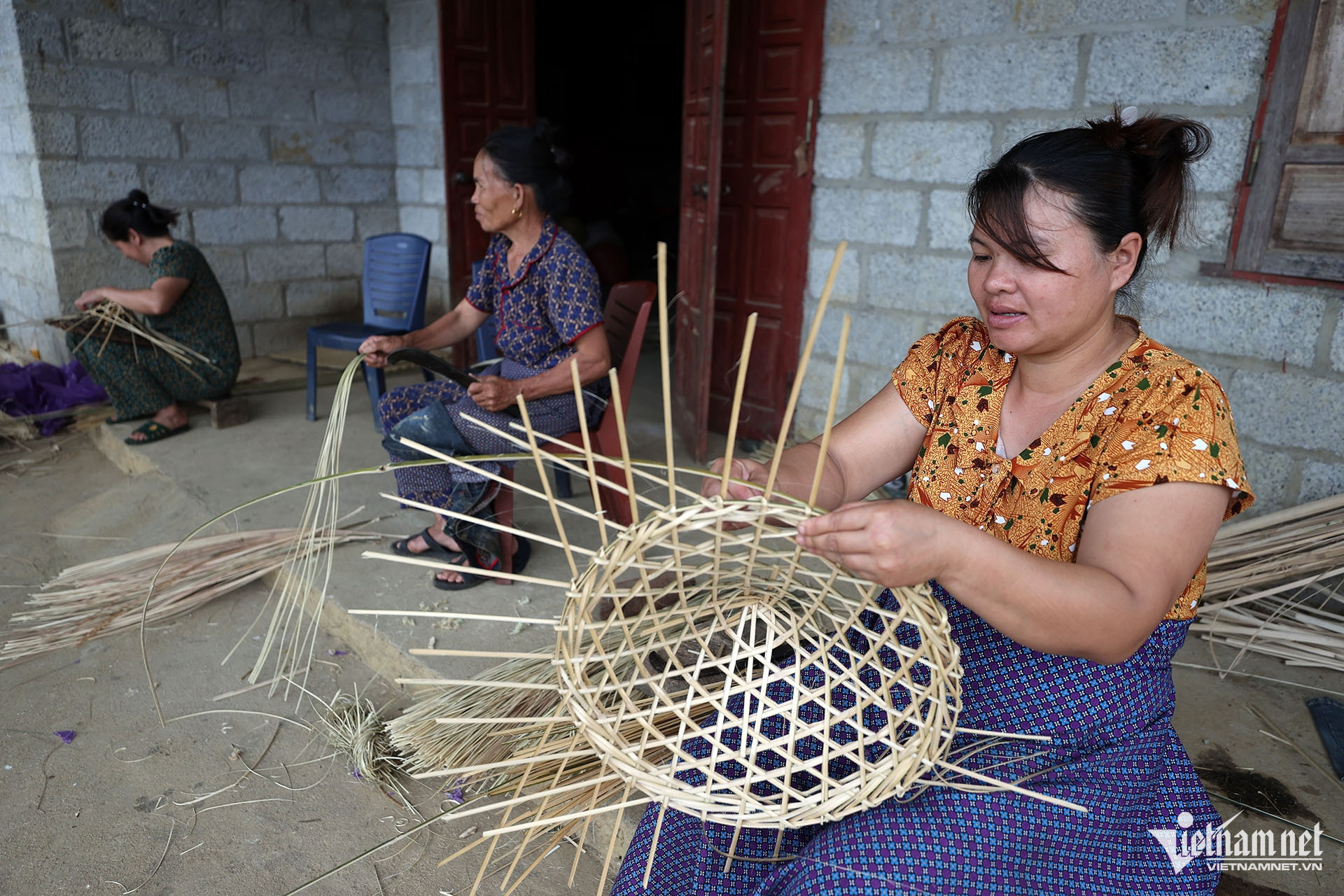
The chup xa hat is handmade from natural materials such as may than, may me, and bamboo leaves.

Nong Thi Sen continues the tradition alongside her farming duties.
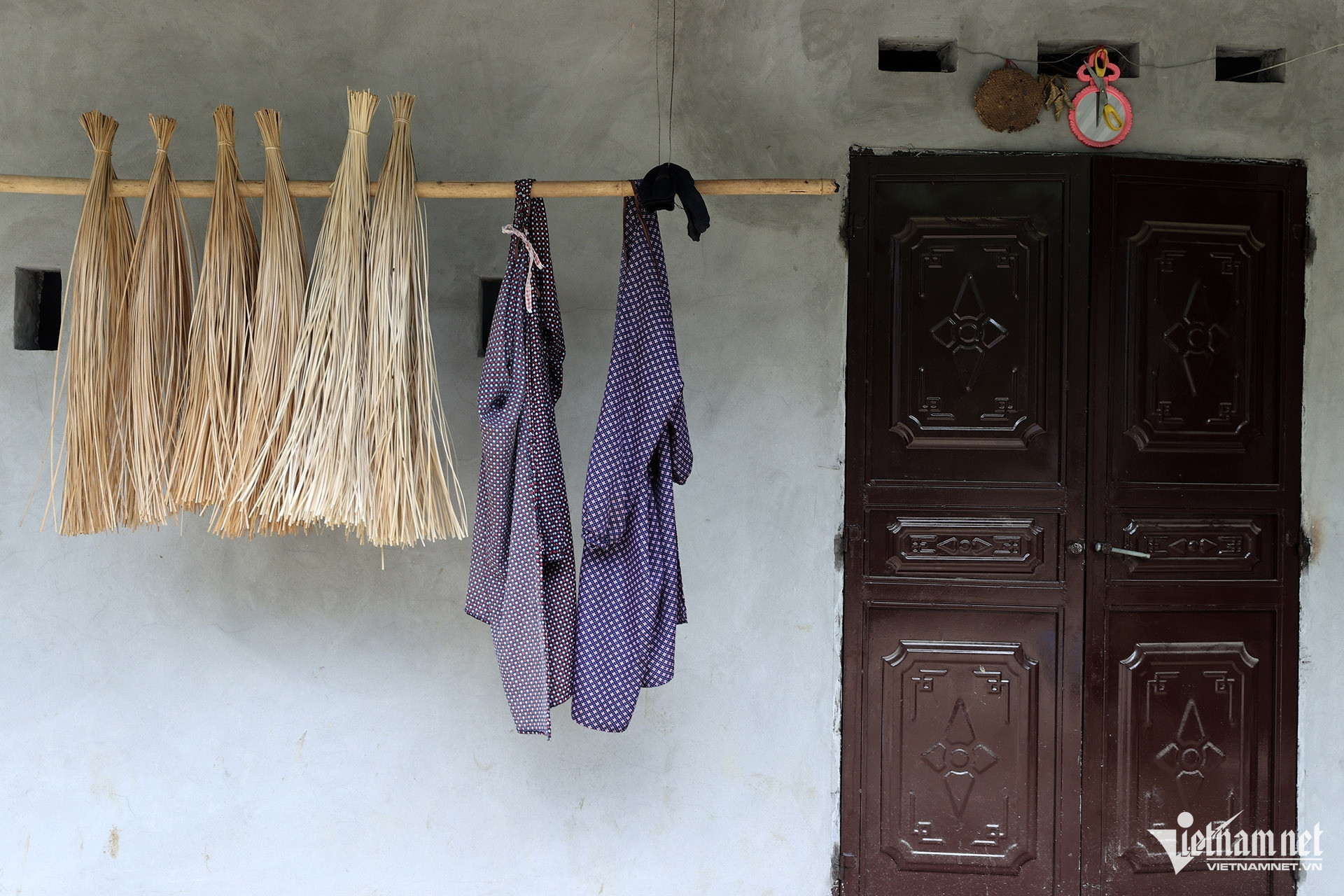
The hat’s inner and outer frames are made from carefully processed plant materials.
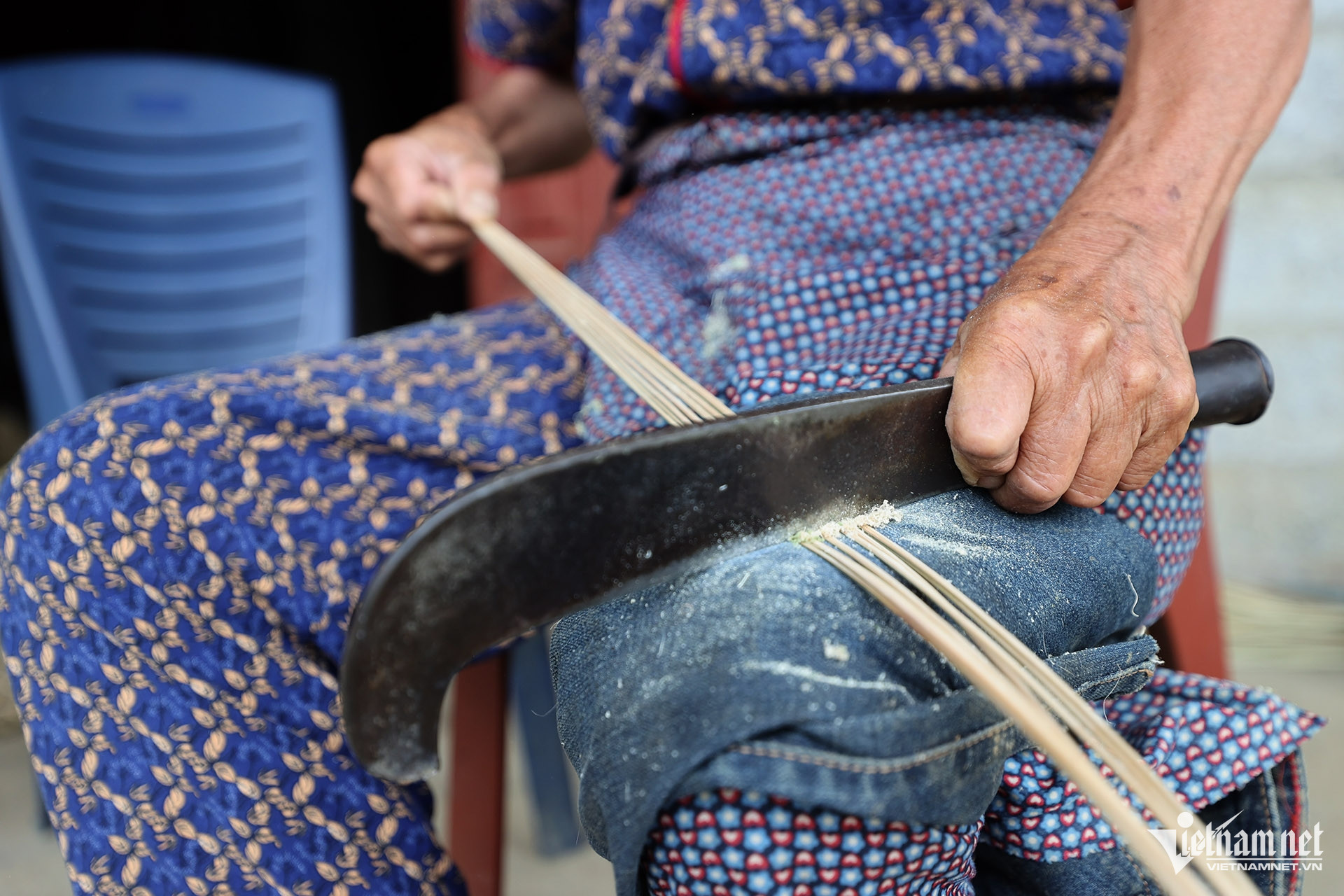
Each strip is smoothed to enhance flexibility and ensure safe handling.
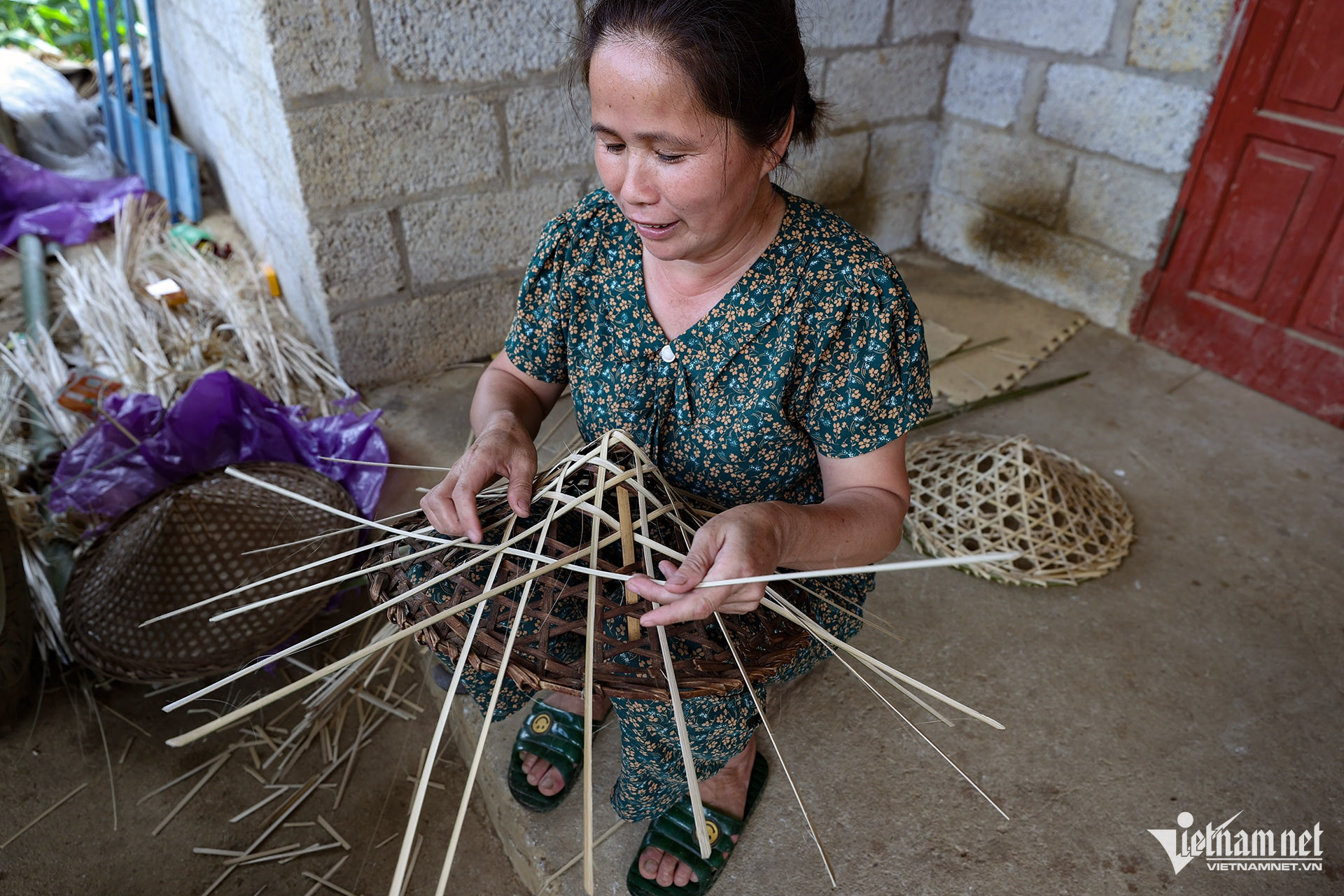
A wooden mold helps artisans shape the hat with precise dimensions.
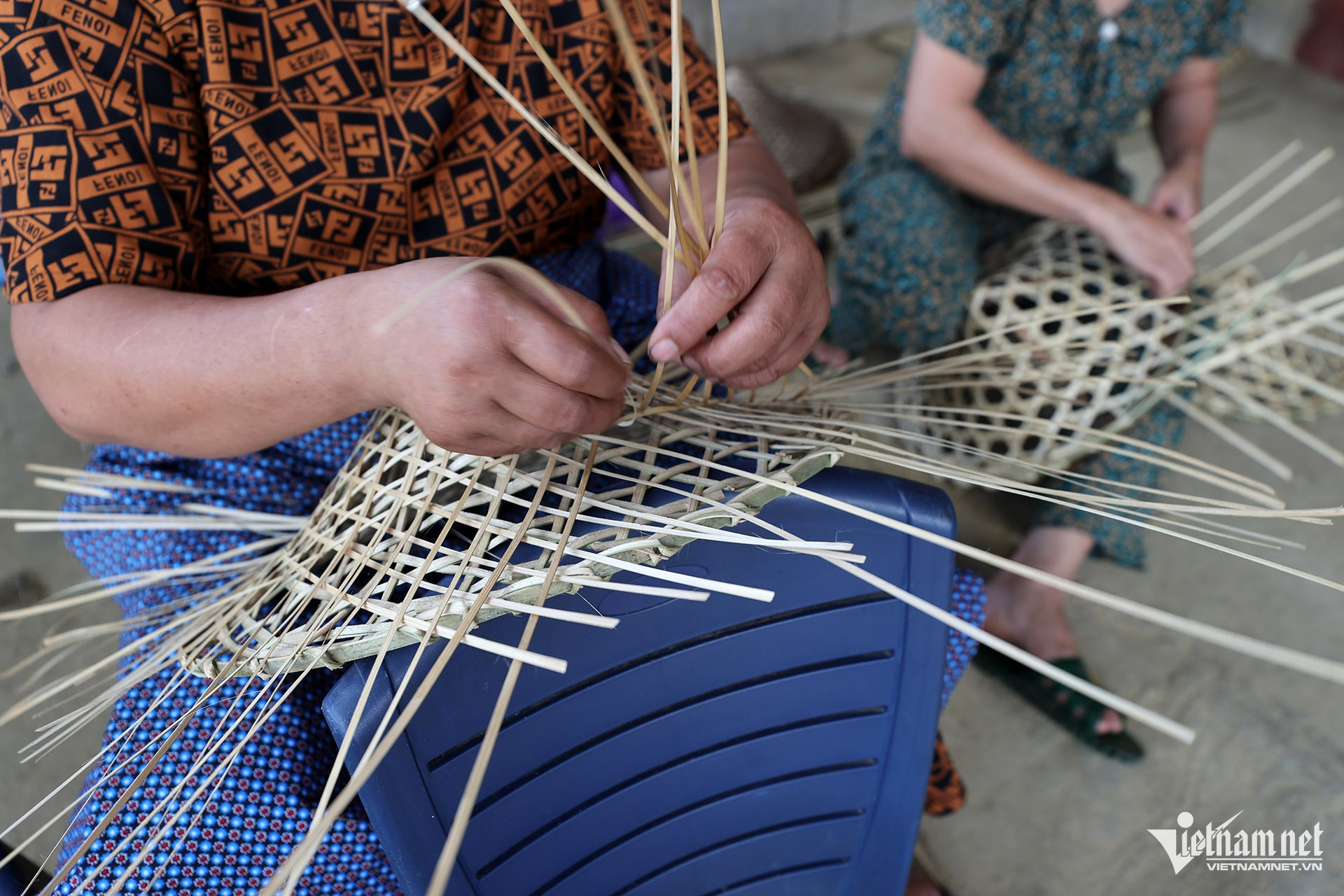
The outer covering is made from selected bamboo or banana leaves.

Le Thi Diep has practiced the craft for decades alongside farming.
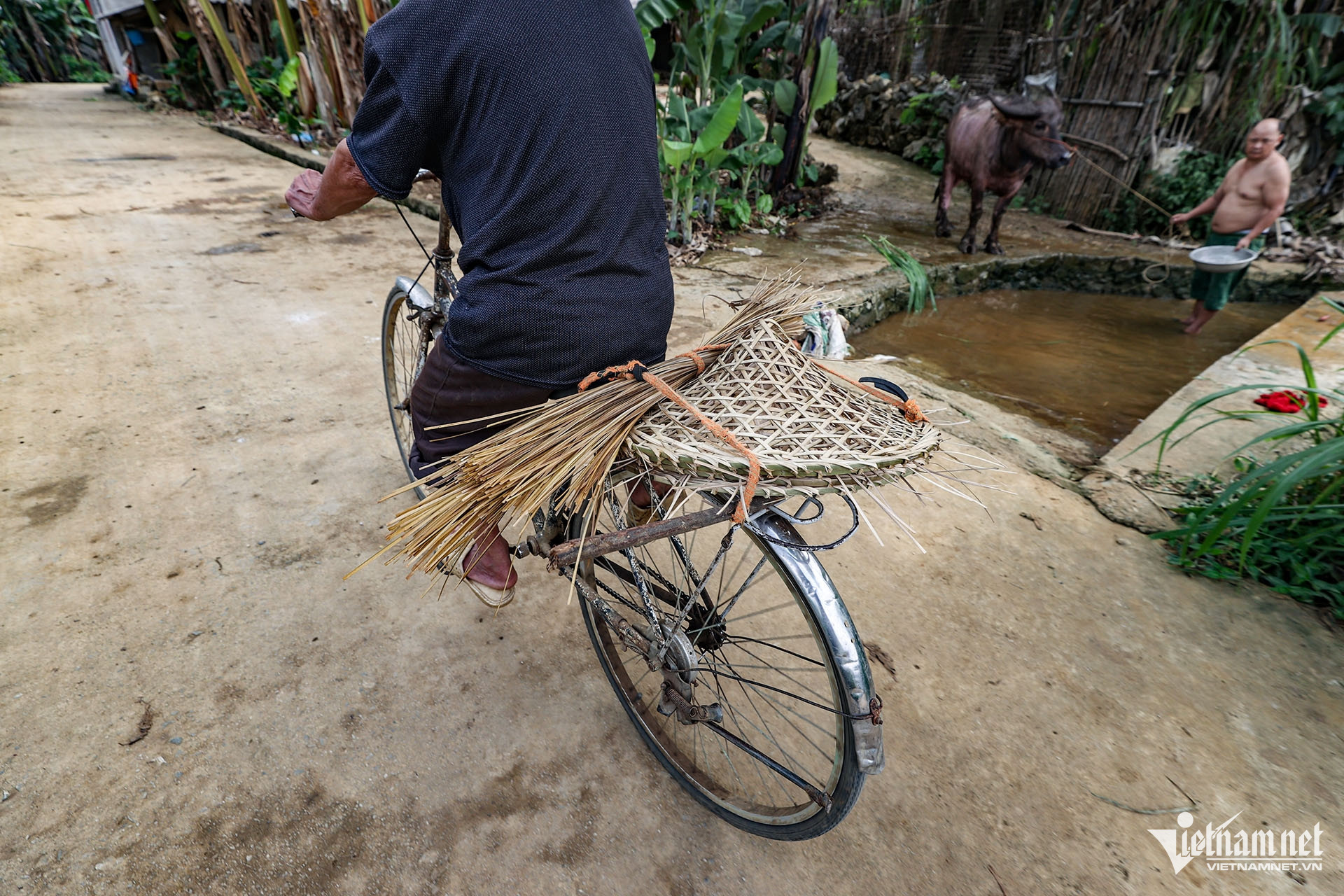
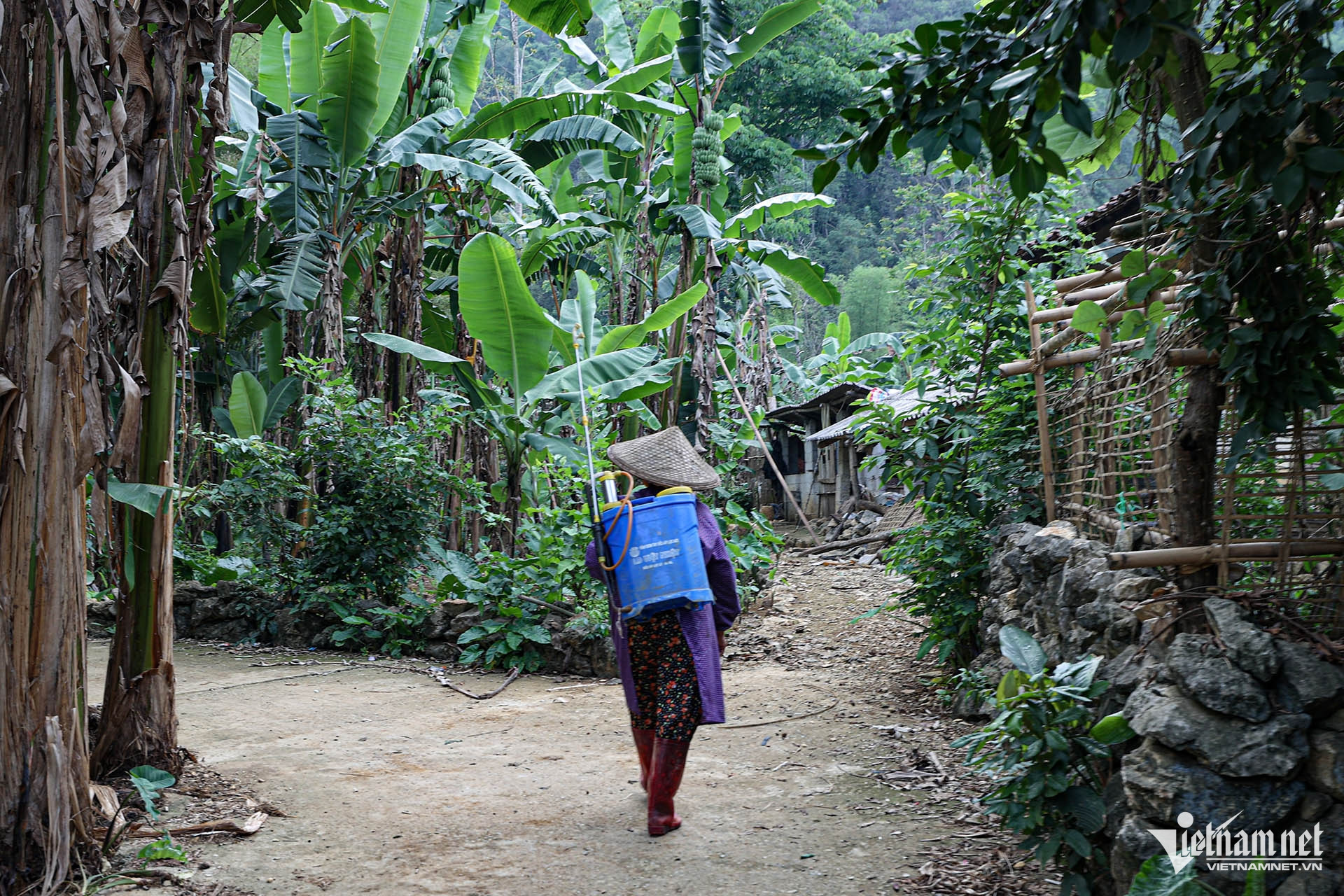
Despite market pressures, the hat's cultural value preserves the tradition.
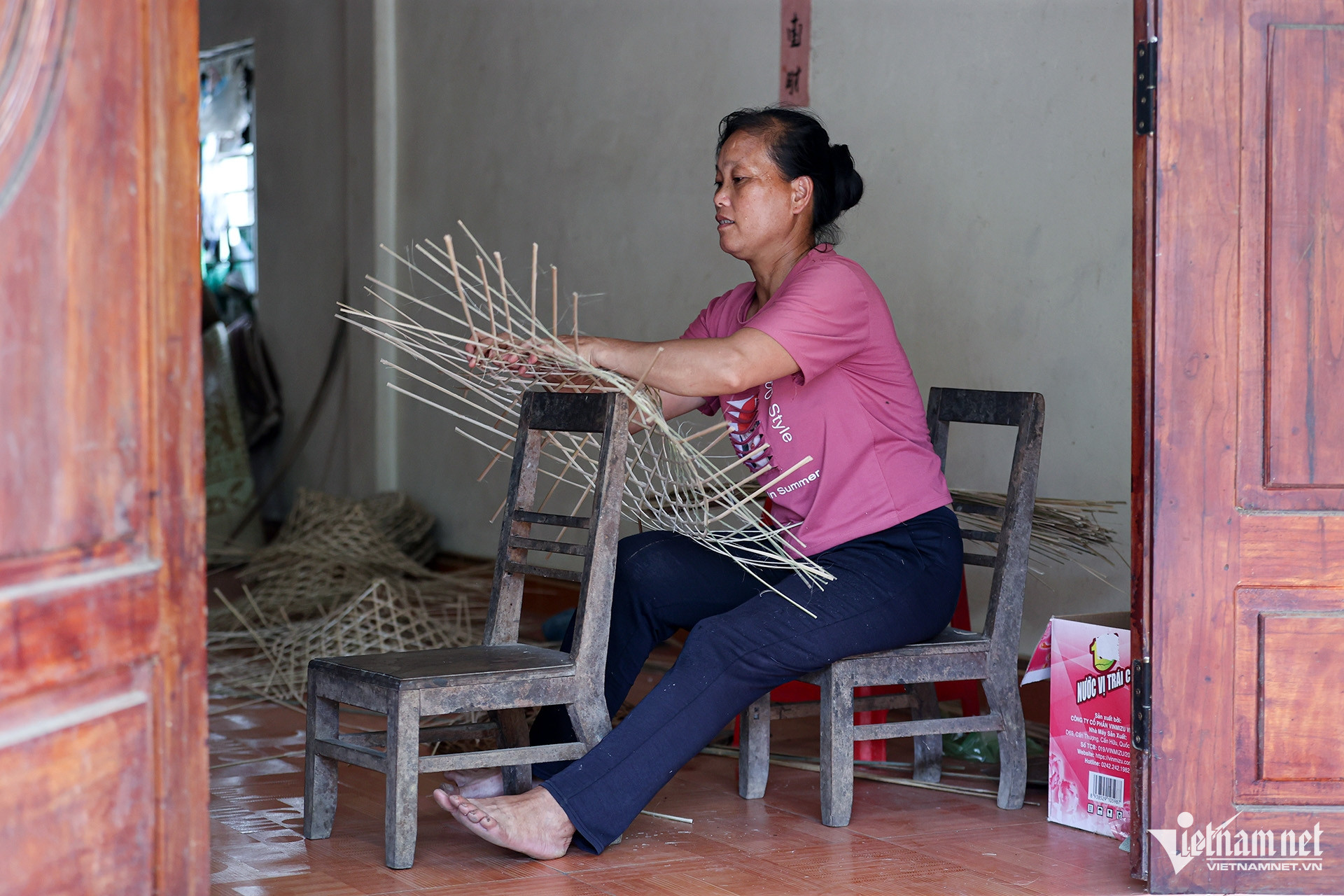
Chup xa hats are now sold as cultural souvenirs in Vietnam and abroad.
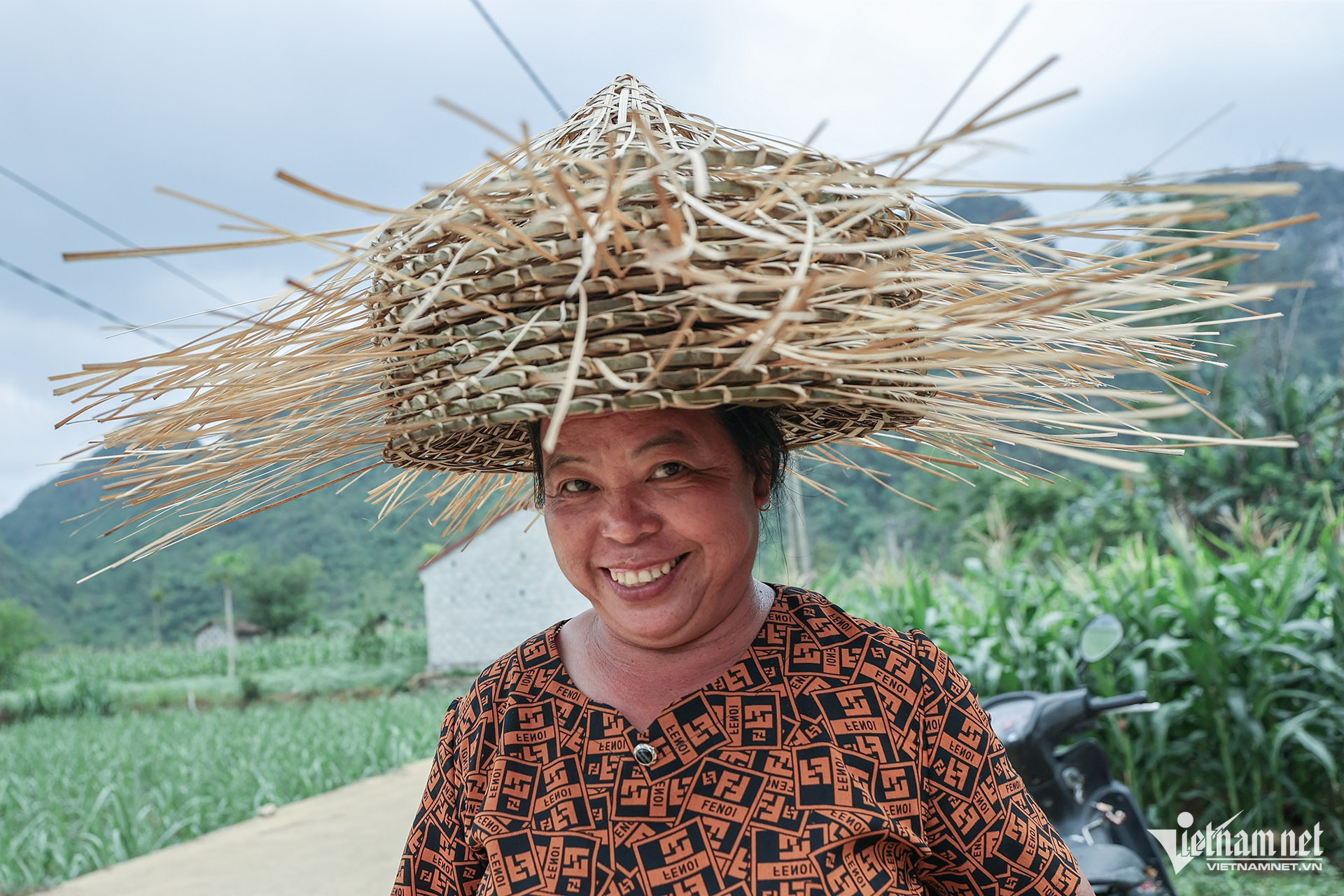
Hat-making provides a steady income of around $1,000 to $1,200 per year.
The village’s 39 households continue the craft, contributing to half of household incomes.
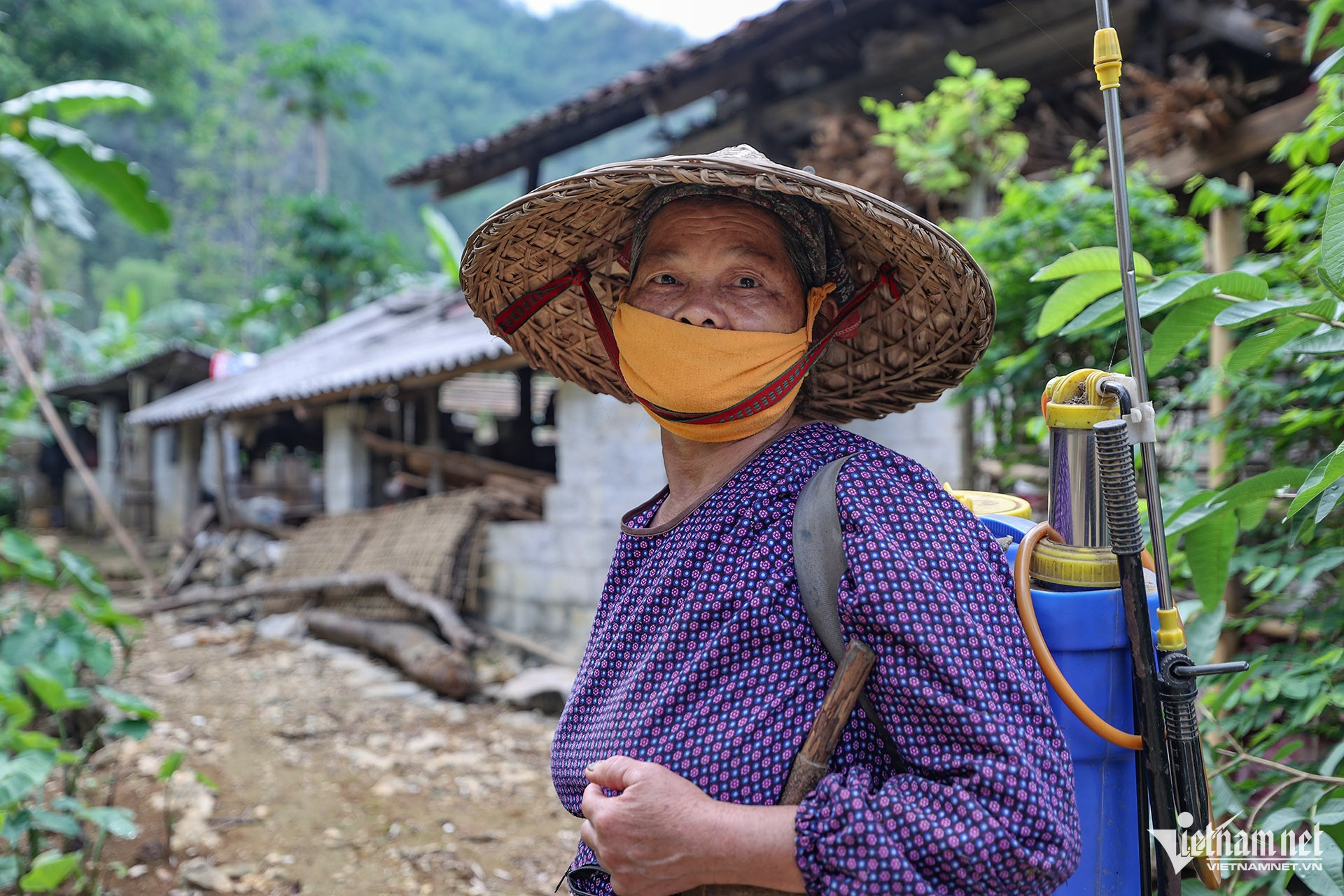
Le Anh Dung